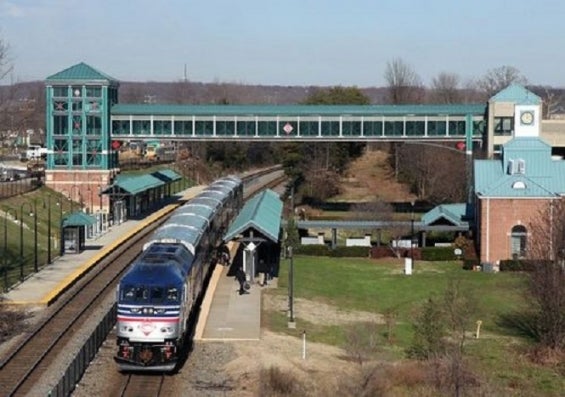Headline News
Public Infrastructure For Public Benefit

The following editorial is by Dennis Pierce, National President of the Brotherhood of Locomotive Engineers and Trainmen. The article originally ran in the Washington Times newspaper on September 13, 2017.
INDEPENDENCE, Ohio — The story of the growth of our Nation — the expansion of 13 Eastern Seaboard states from sea to shining sea — is the story of infrastructure. It is the story of inland waterways, like the Erie Canal, and the Transcontinental Railroad. It is the story of the federal highway system of nearly a century ago, and the interstate highway system created during the 1950s. And it is the story of the Hoover Dam and the Tennessee Valley Authority.
Most of all, it is a story of big ideas, and even bigger projects, that were implemented of the people, by the people and for the people. These were investments in America, by America and for America … for Main Street, first and foremost.
But lately our Nation seems to have lost its way. Bipartisan transportation and infrastructure goals that have been shared for a century and a half have fallen victim to the paralysis of ideology.
And so, bridges are crumbling and tunnels are threatened. .In 2016, 58,495 bridges were rated as structurally deficient. Cars, trucks, buses and emergency vehicles cross deficient bridges more than 200 million times a day. If placed end to end, the deficient bridges would stretch 1,340 miles from New York City to Miami. The Arlington Memorial Bridge in Washington, D.C., carries 68,000 vehicles a day and the National Park Service estimates it will take $250 million to repair.
The lack of proper infrastructure funding also has had a major negative impact on rail commuters, especially those along the East Coast, as evidenced by slowdowns created by years of deferred infrastructure repairs at New York’s Penn Station. Tunnels that were built in the early 1900s are being used to carry passenger trains into and out of New York City. Penn Station in New York is forced to handle three times as many trains as it was designed to accommodate. And every day three railroads, scores of employers, and hundreds of thousands of commuters cross their fingers that this won’t be the day that infrastructure fails in a catastrophic way.
And infrastructure does not end with roads, bridges and railroads. The nation’s electrical grids, and our water supply and waste treatment systems are long overdue for renewal and updating. Continued failure to address these important public needs will produce severe and costly interruptions to commerce when outdated and under-maintained systems inevitably fail.
As for rail safety, on key routes throughout the land, the railroad industry is implementing Positive Train Control (PTC), a technology that will improve safety for railroad workers, for passengers, and for the communities through which our railroad systems operate. However, little has been done to ensure that the actual operation of these new technologies is not creating task overload on the cab of the locomotive. It is clear that well implemented and tested technology can help to bring infrastructure up to date, but technologies such as PTC alone will not solve every safety concern.
After more than 175 years, the railroad industry still has over-worked train crews who toil around the clock with unpredictable on-duty times. Crews on freight trains rarely go to work at the same time on any two days in a row, and do not have routine sleep/rest cycles in their daily lives. A railroad can build and maintain a world-class infrastructure, but if the issue of fatigue on the nation’s railroads is not addressed in a serious and fundamental way, then the industry won’t be as safe as it can be.
The people want, need and deserve better and safer infrastructure. We should have the best airports, rail systems and freeways in the world. The public will is there, and the political will must now fund and address the needs of the people.
Let’s get our infrastructure, and particularly the transportation system, moving into the 21st Century. Let’s buy American products. Let’s put tens of thousands of underemployed Americans back to work. And let’s build the transportation infrastructure that will equal what our forefathers created.